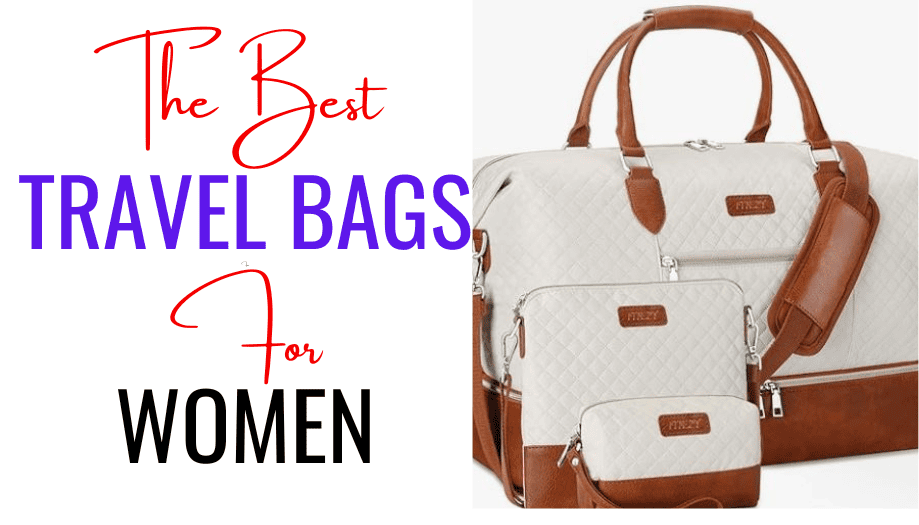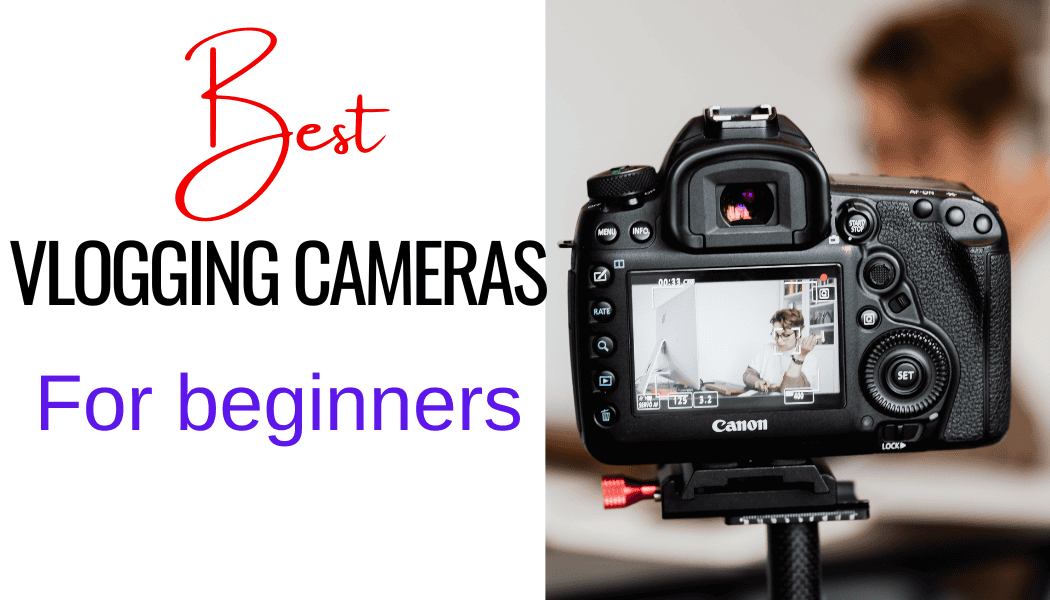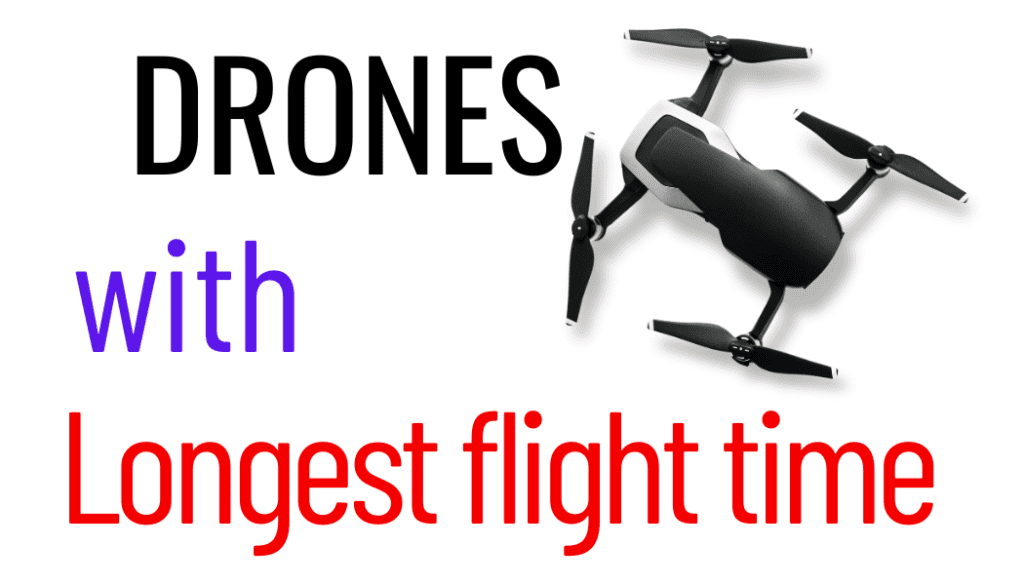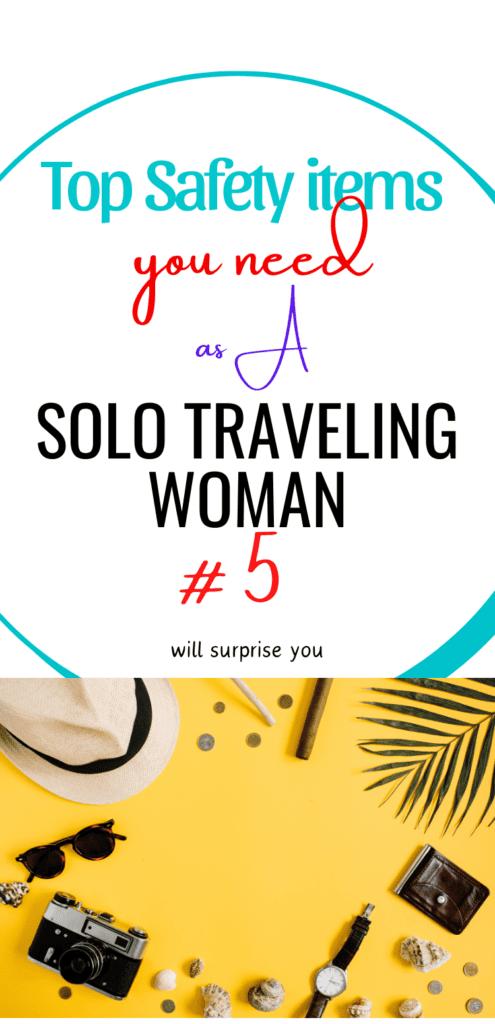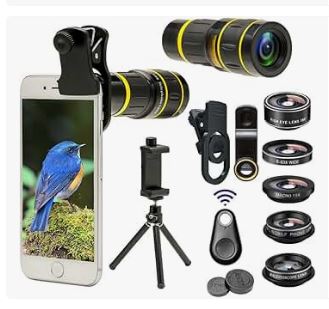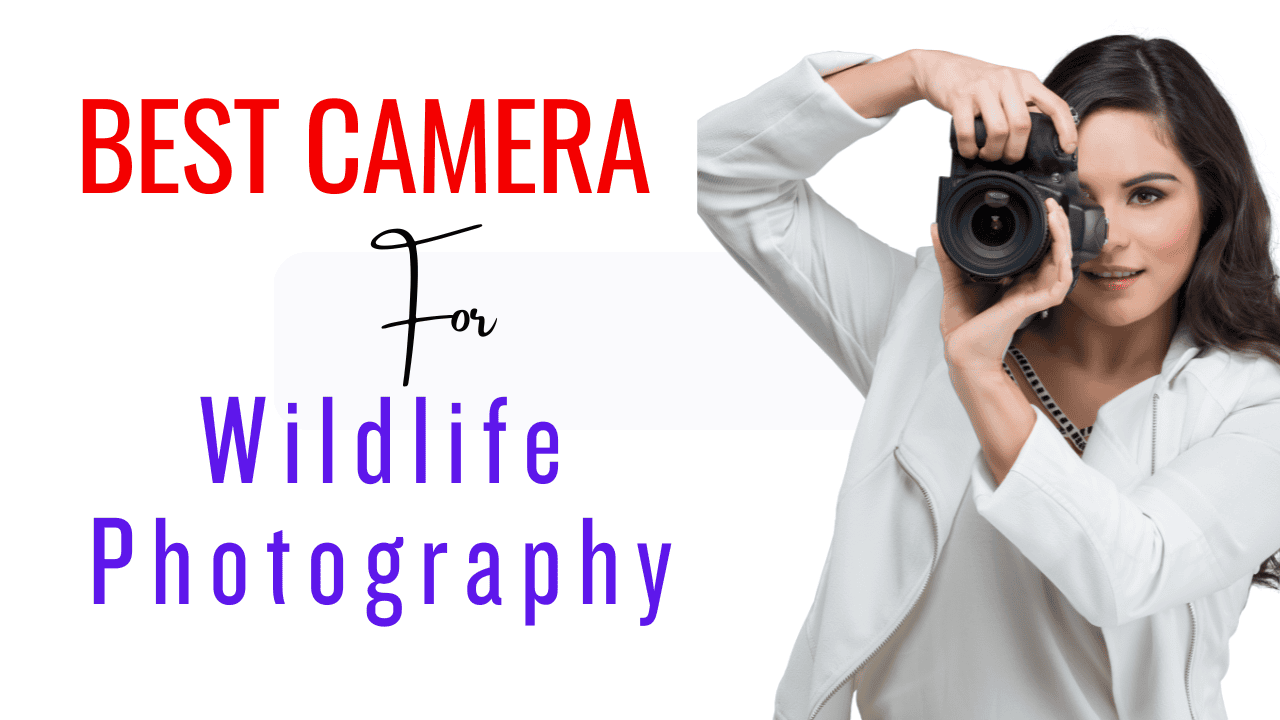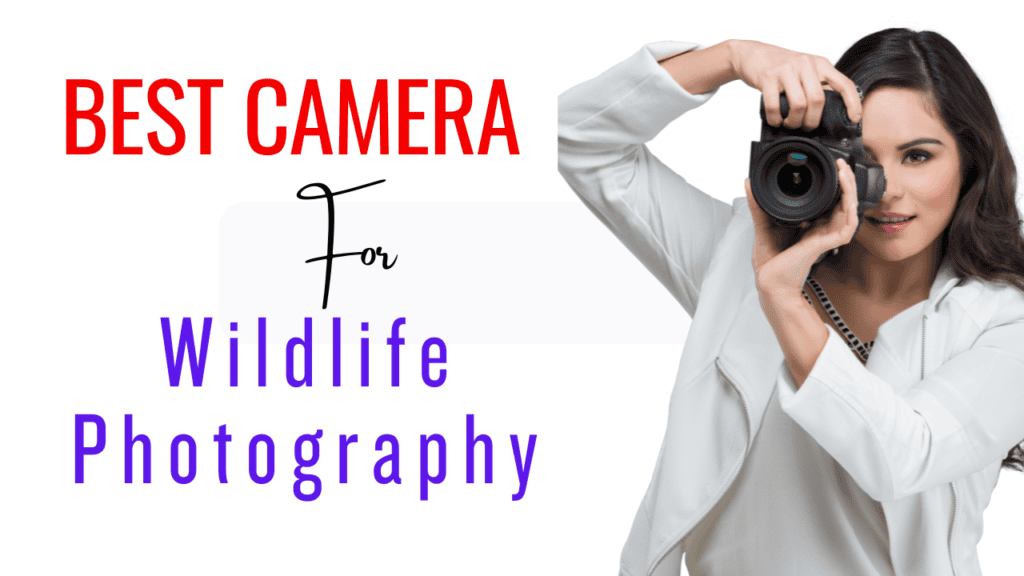Packing for a trip can feel overwhelming, but having the right essentials makes every journey smoother and less stressful.
Travel essentials for women include reliable luggage, smart packing tools, personal care items, and safety gear that keep you comfortable and prepared wherever you go.
With the right mix, you can focus more on the experience and less on what you might have forgotten.
You’ll find that certain items, like versatile clothing, compact organizers, and lightweight accessories, make a big difference in how easy it is to move from one place to another.
Other essentials, such as personal safety tools or digital must-haves, give you peace of mind and convenience while on the road.
This guide walks through practical categories you can use to build your own packing list.
From core travel gear to smart organization, comfort items, personal necessities, safety, and digital tools.
You’ll see how to create a setup that works for any destination, be it for short flights or long-haul flights.
With this comprehensive list, you`ll have all your travel items for your next trip.
Core Travel Essentials For Women
Staying organized and choosing the right bags can make your trip smoother and less stressful. We list the top travel essentials key items that help you save space, keep track of your belongings, and carry what you need safely and comfortably, be it for shorter trips or for outdoor activities.
Packing Cubes and Packing List
Packing cubes help you separate clothing by type, outfit, or activity. You can keep tops in one cube, bottoms in another, and undergarments in a smaller one.
This makes it easier to find what you need without unpacking your entire bag and also saves luggage space.
A packing list keeps you from forgetting essentials. Writing down categories like clothing, toiletries, electronics, and documents helps you stay focused.
Crossing items off your travel essentials list as you pack reduces stress and prevents last-minute shopping at your destination.
Choose lightweight packing cubes that fit your suitcase size. Many sets come in different colors and sizes, which helps you maximize space.
Compression cubes are useful should you need to fit more essential items into a carry-on bag for easy access.
Carry-On Bag and Luggage
A reliable carry-on bag saves you time at the airport and helps you avoid lost luggage. Look for one that meets most airline size limits, has smooth wheels, and a sturdy handle.
Hard-shell suitcases protect fragile items, while soft-sided options allow more flexibility when fitting into overhead bins.
You may like the best luggage for international travel.
The best luggage for teenage girls
Inside your luggage, use compartments or packing cubes to separate clean and worn clothes. Keep liquids in a clear pouch for faster security checks.
If you travel often, invest in durable luggage with quality zippers and reinforced corners.
For longer trips, pair your carry-on with a checked bag, but for short trips, a well-packed carry-on is usually enough. This keeps your travel essentials for women simple and efficient.
Crossbody Bag and Tote Bag
A crossbody bag keeps your hands free and your valuables close. Choose one with a secure zipper, adjustable strap, and enough space for your passport and other travel documents, phone, and wallet. Anti-theft features like hidden zippers or RFID-blocking pockets add extra peace of mind.
You may like:
Best anti-theft cross-body bag for women.
A tote bag works well as a personal item on flights; it can also be used as a weekender bag. It can hold snacks, a water bottle, headphones, and a light sweater.
Look for one with a sleeve that slides over your suitcase handle so you can move through airports more easily.
Using both bags together gives you flexibility.
The crossbody holds daily essentials, while the tote carries larger items you need during travel. This combination keeps your belongings organized and accessible without feeling overloaded.
Smart Packing and Organization
Staying organized while traveling helps you save space, reduce stress, and keep track of your belongings. Using the right methods and tools ensures you can pack efficiently and find what you need without digging through your bag.
Efficient Packing Strategies
Start with a packing list to avoid forgetting essentials or overpacking. A simple checklist helps you stay focused and prevents last-minute stress.
Use packing cubes to separate clothing by type or activity. For example, keep tops in one cube and workout clothes in another. This makes it easier to locate items without unpacking everything.
Rolling clothes instead of folding them can save space and reduce wrinkles. Place heavier items like shoes at the bottom of your suitcase to balance the weight.
Keep toiletries in a clear, leak-proof bag for quick airport checks. Store chargers, cables, and a universal adapter(if you need one) in a small pouch so they don’t tangle in your luggage.
Minimalist Packing Tips
Choose versatile clothing that you can wear in multiple ways. Neutral colors and simple styles allow you to mix and match outfits. A lightweight jacket or cardigan can be layered for different climates.
Limit footwear to two or three pairs of shoes: one casual, one dressy, and one comfortable walking option. Shoes take up the most space, so plan carefully.
Pack travel-size toiletries, hair products, and hand sanitizer, instead of full bottles. Many hotels provide basics like shampoo, so bring only what you know you’ll use.
Stick to small items that serve more than one purpose. For example, a scarf can work as a blanket on a flight or a cover-up at the beach. This approach reduces bulk and keeps your bag light.
Travel-Friendly Accessories
Certain accessories make packing and travel easier. Compression bags help shrink bulky items like jackets, while keeping them organized.
A hanging toiletry bag is useful in small bathrooms to keep little things like toothbrush and toothpaste, giving you quick access without cluttering the counter.
Consider a travel wallet with slots for your passport, cards, and tickets. This keeps important documents in one place and reduces the chance of losing them.
Other helpful items include:
- Reusable water bottle to stay hydrated
- Portable charger for phones and tablets
- Luggage locks for added security
- neck pillow for when you need a nap during a long flight
These small tools improve convenience and help you stay organized throughout your trip.
Comfort and Convenience On The Go
Travel becomes easier when you prepare for long walks, noisy environments, and changing temperatures.
The right items help you stay comfortable, save space in your bag, and adjust quickly to different situations.
Comfortable Walking Shoes
A good pair of comfortable walking shoes is one of the most useful things you can pack.
You may spend hours exploring airports, city streets, or outdoor paths, so shoes that support your feet matter.
Look for lightweight options with cushioned soles and breathable materials.
I love Brooks Women’s Ghost 16 Neutral Running and walking Shoes, they are well-padded, wide at the front, and very comfortable even after long walks.
Choose styles that balance comfort and appearance. Neutral colors like black, beige, or white work with many outfits, so you don’t need to pack extra pairs.
Slip-on designs also make security checks faster and reduce hassle on flights.
If you expect different activities, consider packing one pair of athletic walking shoes and one pair of casual flats or sneakers.
This way, you have the right footwear for both sightseeing and relaxed evenings. A small shoe bag can keep them separate from your clothes.
Noise Cancelling Headphones
Flights, trains, and buses can be loud, and noise-cancelling headphones help block constant background noise.
They let you rest more easily, listen to music, or focus on a podcast without turning the volume too high.
Over-ear models often provide the best sound quality and comfort for long trips.
On the other hand, compact wireless earbuds save space and pack more easily in your carry-on.
Battery life is important. Look for headphones that last at least 20 hours on one charge, especially if you travel internationally.
A foldable design or protective case keeps them safe in your bag. Pair them with a sleep mask and you’ll have a simple setup for better rest during flights.
I love taking my Portable Charger for those moments when I’m traveling abroad.
Pashmina and Layering Pieces
A pashmina is a versatile item that works as a scarf, light blanket, or wrap. Airplanes and buses often feel cold, and having one in your bag keeps you comfortable without needing bulky clothing.
Choose a neutral color so it matches most of your outfits.
Layering pieces like a thin cardigan, lightweight jacket, or zip-up hoodie also make travel easier.
They allow you to adjust to different climates without carrying heavy outerwear.
You can fold a pashmina or cardigan into a small packing cube to save space.
Having these items ready helps you stay warm on flights, cover up in conservative areas, or add comfort during long layovers.
Essential Personal Items
Keeping a few small but practical items in your bag helps you stay comfortable and prepared throughout your trip. These items protect you from the sun, keep your hair in place, and prevent dry skin or lips during long travel days.
Sunglasses and Sun Protection
Sunglasses do more than complete your outfit. They protect your eyes from UV rays, reduce glare, and make outdoor sightseeing easier.
Look for lenses with 100% UVA and UVB protection. Polarized options help cut down on glare when you’re near water or snow.
Carrying a lightweight case prevents scratches and makes it easier to store them safely in your bag.
If you wear prescription glasses, consider prescription sunglasses or clip-on lenses so you don’t have to switch back and forth.
In addition to sunglasses, pack a small tube of sunscreen. A travel-size SPF 30 or higher works well for most destinations.
Stick formulas are easy to apply on your face without making a mess. Reapply every few hours, especially if you’re outside for long periods.
Hair Ties and Personal Care
Hair ties may seem minor, but they become essential when you’re on the move. They keep your hair secure in windy weather, during workouts, or while exploring outdoors.
Choose snag-free elastics or spiral ties, which reduce breakage and stay in place longer.
Carrying a few extras in your purse or backpack ensures you always have one when needed.
A small pouch or zip pocket keeps them from getting lost. If you have longer trips planned, consider packing a headband or hair clip for more styling options.
Beyond hair ties, a compact travel brush or comb helps keep your hair neat after flights or long bus rides.
Dry shampoo in a mini bottle can refresh your hair without washing, which is helpful if you’re short on time.
Chapstick and Skincare
Travel often exposes your skin to dry air, changing climates, and long hours outdoors. A simple chapstick with SPF protects your lips from both dryness and sun damage.
Keep one in your carry-on so you can reapply during flights, when cabin air is especially dry.
For your face, pack a small moisturizer that works for both day and night. A lightweight, fragrance-free option is less likely to irritate your skin.
If you prefer multipurpose products, a tinted lip balm or balm stick can double as a quick fix for dry patches.
Other helpful items include facial wipes for quick cleansing and a mini bottle of hydrating mist. These keep your skin refreshed when you don’t have time for a full routine.
Keeping your skincare simple and compact makes it easier to stay consistent while traveling.
Safety and Security For Women Travelers
Staying safe while traveling involves both preparation and the right tools. You can reduce risks by having reliable coverage for emergencies and by keeping your personal items secure at all times.
Travel Insurance and Safety Wing
Travel insurance protects you against unexpected costs like medical emergencies, trip cancellations, or lost luggage.
Without it, you may face high expenses abroad where healthcare and services can be costly.
SafetyWing is a popular option for travelers, especially for longer trips or digital nomads. It offers flexible coverage that can be purchased even after your trip has started. This makes it useful if your plans change or you extend your stay.
When choosing coverage, review details such as:
- Medical care and hospitalization abroad
- Emergency evacuation and transport back home
- Coverage for trip interruptions or delays
- Lost or stolen baggage
Always carry a copy of your insurance policy and keep a digital backup. This ensures you can access your details quickly if you need help.
Protecting Valuables and Documents
Keeping your valuables safe reduces the chance of theft or loss. Start by using RFID-blocking wallets or pouches to protect credit cards and passports from electronic theft.
A small money belt or neck pouch worn under clothing can help keep cash and important documents hidden.
Avoid carrying large sums of money and spread your cards across different places so you don’t lose everything at once.
Consider these practical tools:
- Portable door locks for hotel or rental rooms
- Personal safety alarms that draw attention in emergencies
- Discreet crossbody bags with zippered compartments
Make digital copies of your passport, ID, and travel insurance, and store them securely online. This step can save time if your documents are lost or stolen.
Entertainment and Digital Essentials
Long flights, train rides, and layovers often leave you with extra time. Having reliable digital tools helps you stay occupied, reduce stress, and make travel more enjoyable.
Kindle and Reading Material
A Kindle is one of the most practical devices you can bring. It stores thousands of books in a lightweight design, so you don’t need to carry heavy paperbacks.
The glare-free screen makes it easy to read outdoors, even in bright sunlight.
You can download novels, travel guides, or even work documents before your trip.
Many models also support adjustable backlighting, which helps during night flights or dim hotel rooms.
If you prefer variety, you can load magazines, newspapers, and PDFs.
This flexibility means you always have something to read without relying on internet access. A Kindle also holds a long battery life, often lasting weeks on a single charge.
For quick reading, consider saving articles offline through apps like Pocket. This gives you shorter options when you don’t want to commit to a full book.
Audible and Audio Entertainment
Audible
offers a wide range of audiobooks that you can download before leaving home.
Listening is convenient when you want to rest your eyes or multitask during travel. With offline playback, you don’t need Wi-Fi or data once the titles are saved.
You can choose from fiction, non-fiction, or language-learning programs. This makes it useful whether you want entertainment or personal growth while on the move.
Audiobooks are especially helpful on long drives or when walking through airports.
Pairing Audible with quality headphones or earbuds improves the experience and reduces background noise.
For variety, you can also explore podcasts and curated playlists. Having both spoken-word and music options ensures you always have something that fits your mood.
There, I gave you the best packing tips; packing women’s travel essentials need not be hard.These tips are coming from a person with years of travel experience.
